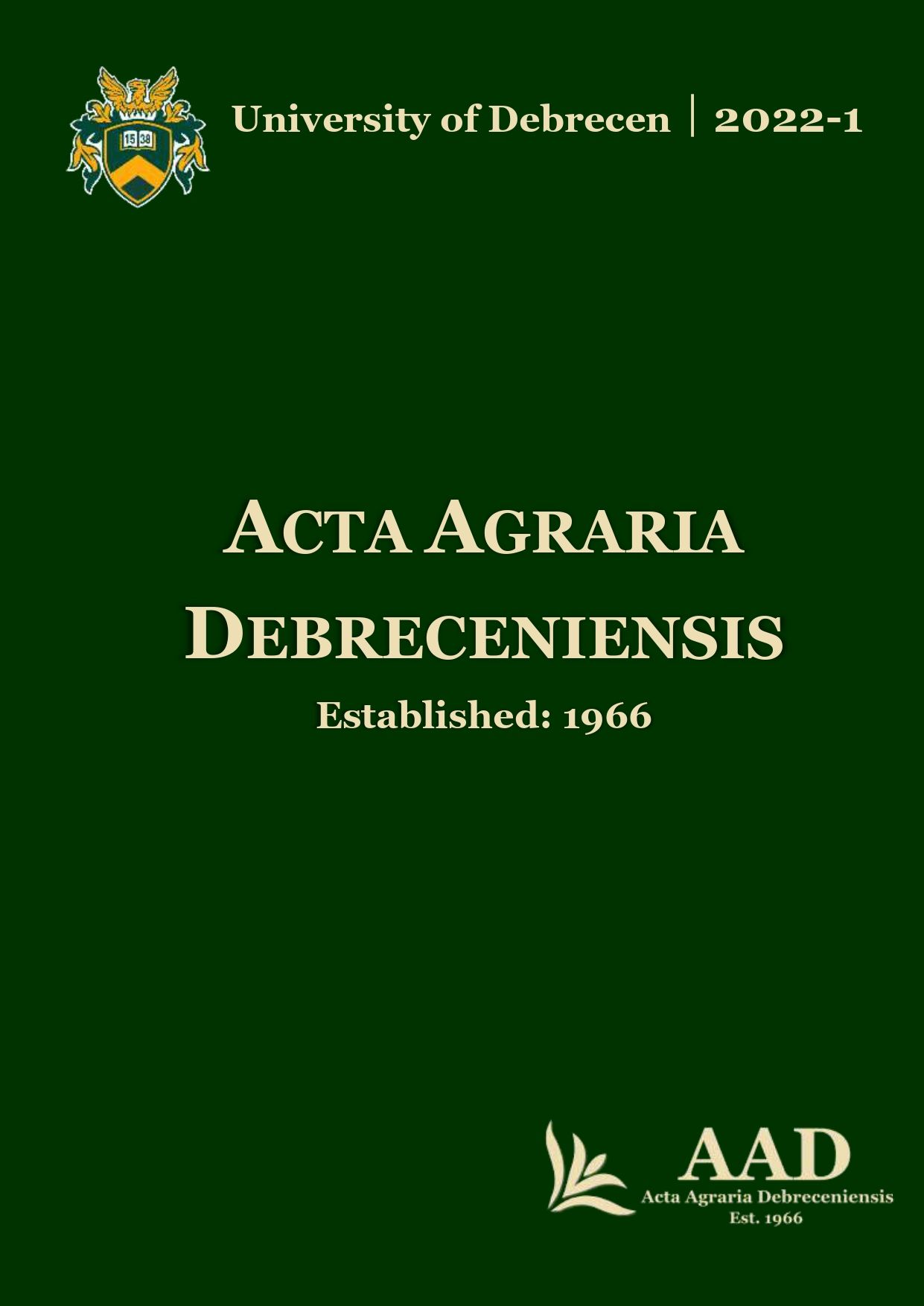Changes in the genetic variability of the Furioso-North Star population between 1989 and 2019
Authors
View
Keywords
License
Copyright (c) 2022 by the Author(s)

This work is licensed under a Creative Commons Attribution 4.0 International License.
How To Cite
Accepted 2022-02-18
Published 2022-05-26
Abstract
The Furioso-North Star (FNS) is one of the indigenous Hungarian horse breeds, originated from Mezőhegyes Stud. The aim of this work was to analyze the pedigree diversity and inbreeding of the registered Hungarian Furioso-North Star population in two different time points: the first was the active population in 1989, the second was the active population in 2019. Pedigree data was analyzed using Endog 4.8 software. The pedigree completeness was calculated in three different ways. In the past 30 years the pedigrees became more complete. In the population 2019 were 5 horses with ancestor in the 40th generation. Only 17–17 animals covered the 50% of the genetic variability for the two population. The most important ancestor was Herod xx in both reference populations. The FNS breed has English Thoroughbred background, that might be the reason of having several horses form this breed in the database. There were six animals among the ten most important ancestors in both reference populations. The average inbreeding coefficient was 3.31 in 1989 and 4.22 in 2019. Animals with highest inbreeding coefficient were born from the mating of close relatives (typically father-daughter). The Bart Furioso III-84 Boglár had the highest inbreeding coefficient (0.299) in the population 2019.
References
- Bokor, Á.–Jónás, D.– Bart, D.– Nagy, I.–Bokor, J.–Szabari, M. (2013): Pedigree analysis of the Hungarian Thoroughbred population. Livestock Science, 151, pp, 1–10.
- Druml, T.–Baumung, R.–Sölkner, J. (2009): Pedigree analysis in the Austrian Noriker draught horse: genetic diversity and the impact of breeding for coat colour on population structure. J. Anim. Breed. Genet., 126, pp. 348–356.
- Faria, R.A.S.–Maiorano, A.M.–Bernardes, P.A.–Pereira, L.G.–Silva, M.G.B.–Curi, R.A.–Vasconcelos Silva, J.A (2018a): Assessment of pedigree information in the Quarter Horse: Population, breeding and genetic diversity. Livestock. Science, 214, pp.135–141.
- Faria, R.A.S.–Vicente A.P.A.–Duarte Guedes dos Santos, R.I.–Maiorano, A.M.–Curi, R.A.–Loyola Chardulo L.A.–Vasconcelos Silva, J.A. (2018b): Genetic Diversity of Lusitano Horse in Brazil Using Pedigree Information. Journal of Equine Veterinary Science, 69, pp. 149–158.
- Gutiérrez, J.P.–Goyache, F. (2005). A note on ENDOG: a computer program for analysing pedigree information. J. Anim. Breed. Genet., 122, pp. 172–176.
- Gutiérrez, J.P.–Cervantes, I.–Molina, A.–Valera, M–Goyache, F. (2008): Individual increase in inbreeding allows estimating effective sizes from pedigrees. Genetics Selection Evolution, 40, pp. 359–378.
- Kinghorn, B.P. (1994): Pedigree Viewer–a graphical utility for browsing pedigreed datasets. Fifth World Congress on Genetics Applied to Livestock Production. Guelph, 7–12 August 1994. 22,. pp. 85–86.
- Mackowski, M.–Mucha, S.–Cholewinski G.–Cieslak J. (2015): Genetic diversity in Hucul and Polish primitive horse breeds. Archives Animal Breeding,. 58, 1, pp. 23–31.
- Maignel L.–Boichard D.–Verrier E. (1996): Genetic variability of French dairy breeds estimated from pedigree information. Inter Bull, 14, pp. 49–54.
- Moureaux, S.–Verrier, É.–Ricard, A.–Mériaux, J.C. (1996): Genetic variability within French race and riding horse breeds from genealogical data and blood marker polymorphism. Genetics Selection Evolution, 28, pp. 83–102.
- Pjontek, J.–Kadlečík, O.–Kasarda, R.–Horný, M. (2012): Pedigree analysis in four Slovak endangered horse breeds. Czech Journal of Animal Science. 57, 2, pp. 54–64.
- Poncet, P.A.–Pfister, W.–Muntwyler, J.–Glowatzki-Mullis, M.L.–Gaillard, C. (2006): Analysis of pedigree and conformation data to explain genetic variability of the horse breed Franches-Montagnes. Journal of Animal Breeding and Genetics. 123, 2, pp. 114–121.
- Schurink, A.–Arts, D.J.G.–Ducro, B.J. (2012): Genetic diversity in the Dutch harness horse population using pedigree analysis. Livestock Science, 143, pp. 270–277.
- Valera, M.–Molina, A.–Gutiérrez, J. P.–Gómez J.–Goyache, F. (2005): Pedigree analysis in the Andalusian horse: population structure, genetic variability and influence of the Carthausian strain. Livestock Production Science, 95, pp. 57–66.
- Vostrá-Vydrová, H.–Vostrý, L.–Hofmanová B.–Krupa E.–Zavadilová L. (2016): Pedigree analysis of the endangered Old Kladruber horse population. Livestock Science, 185, pp. 17–23.
- Vostrý, L.–Čapková, Z.–Přibyl, J.–Hofmanová, B.–Vydrová, H.V.–Mach, K. (2011): Population structure of Czech cold-blooded breeds of horses. Archiv Tierzucht. 54, 1, pp. 1–9.
- Wooliams, J. A.–Pong-Wong, R.–Villaneuvea, B. (2002): Strategic optimisation of short and long term gain and inbreeding in MAS and non-MAS schemes, in: Proc. 7th World Cong. Genet. Appl. Livest. Prod., Montpellier, INRA, Castanet-Tolosan, France, CD-Rom, comm. No. 23_02.
- Wrigth, S. (1922): Coefficients of inbreeding and relationship. The American Naturalist, 56, pp. 330–338.

 https://doi.org/10.34101/actaagrar/1/10565
https://doi.org/10.34101/actaagrar/1/10565